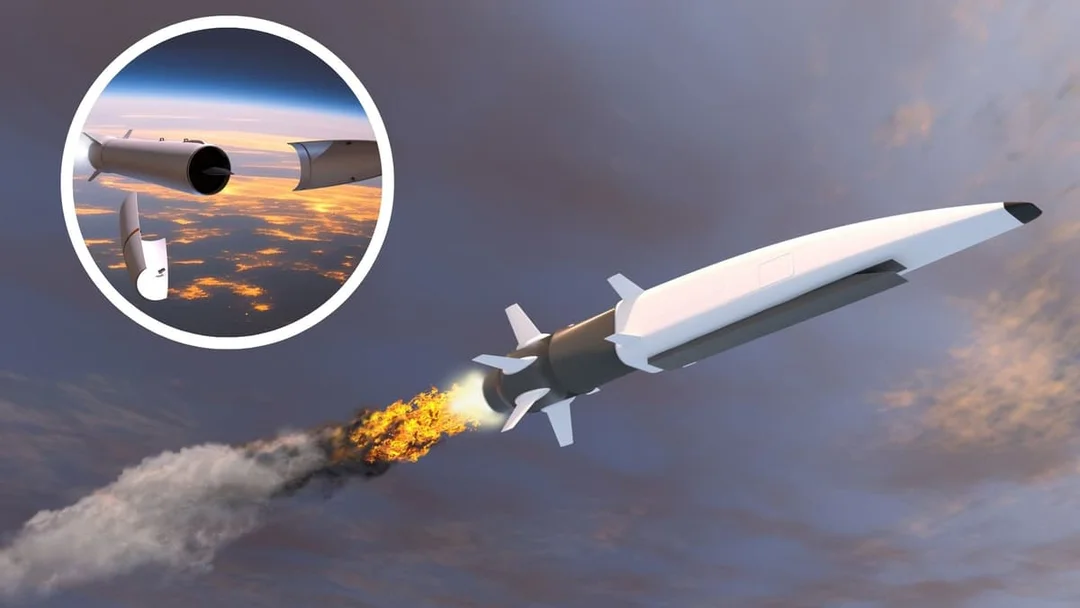
China’s Hypersonic Edge: Can US Aircraft Carriers Survive a 20-Minute Attack?
A new study and recent statements from US defense officials are raising serious questions about the vulnerability of US aircraft carriers in the face of China's rapidly advancing hypersonic missile technology. Could China really cripple the US Navy's most powerful assets in a mere 20 minutes? The implications are alarming, demanding a critical reassessment of US military strategy.
According to a study by researchers from the People’s Liberation Army Rocket Force (PLARF), reported by the South China Morning Post, China’s hypersonic weapons can reach speeds of up to Mach 20 (21,000km/h or 13,000 mph) and potentially be launched from space-based platforms. This capability, they argue, would “drastically compress the adversary’s early-warning system response time and operational scope.”

This assessment echoes concerns voiced by U.S. Defense Secretary Pete Hegseth, who recently stated that China's hypersonic missiles could “take out 10 aircraft carriers in the first 20 minutes of a conflict.” While some experts have dismissed such claims as hyperbole, the growing consensus is that US Navy defenses against hypersonic weapons are currently limited.
Hegseth’s remarks, highlighted by EurAsian Times, put the spotlight on the strategic importance of aircraft carriers, the cornerstone of US power projection. He argues that if these carriers are rendered useless by a swift hypersonic attack, the US military's ability to respond globally would be severely compromised.
China's progress isn't limited to speed alone. Reports indicate successful tests of the DF-27 intermediate-range ballistic missile with a hypersonic glide vehicle in 2023, enabling it to potentially breach missile defense systems. The US Department of Defense has acknowledged China as a world leader in hypersonic technology, outpacing the US and Russia in development.
The US is actively playing catch-up, with the US Army's Rapid Capabilities and Critical Technologies Office conducting successful flight tests of conventional hypersonic missiles. However, the challenge lies in developing effective countermeasures against these highly maneuverable and surface-skimming weapons.
One potential solution, according to EurAsian Times, is the High-Energy Laser Counter-Anti-Ship Cruise Missile Program (HELCAP). This program aims to develop laser weapons capable of intercepting and defeating incoming missiles, including hypersonic threats.

The debate also extends to the Panama Canal, a vital waterway for US trade. With China increasing its influence in the region, concerns have been raised about the security of this strategic passage. A recent agreement between the US and Panama aims to ensure the canal's security, recognizing its critical role in maintaining international commercial flows as reported on Sustainability Times.
The potential vulnerability of US aircraft carriers to Chinese hypersonic missiles is a serious concern that demands immediate attention. It requires a comprehensive reassessment of US military strategy, accelerated modernization of defense systems, and strategic alliances to maintain a global balance of power.
What steps should the US take to counter China's hypersonic advantage? Leave your thoughts and opinions in the comments below.